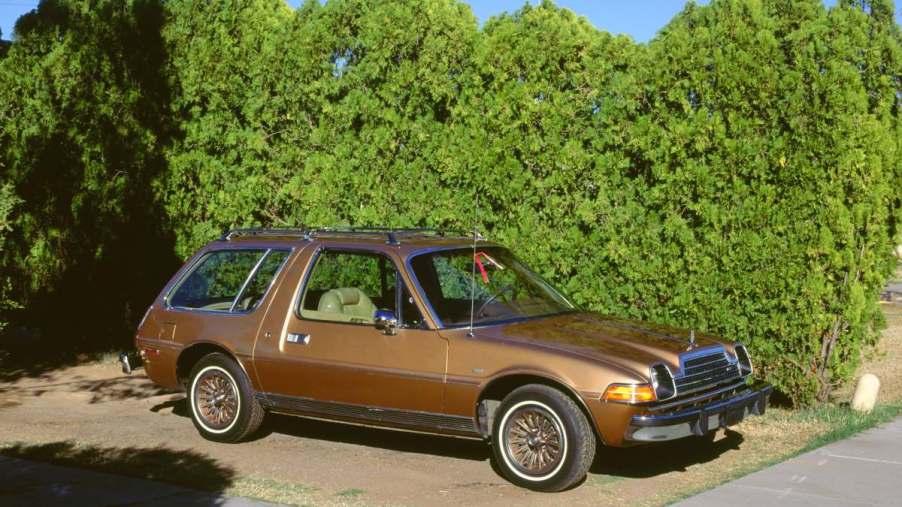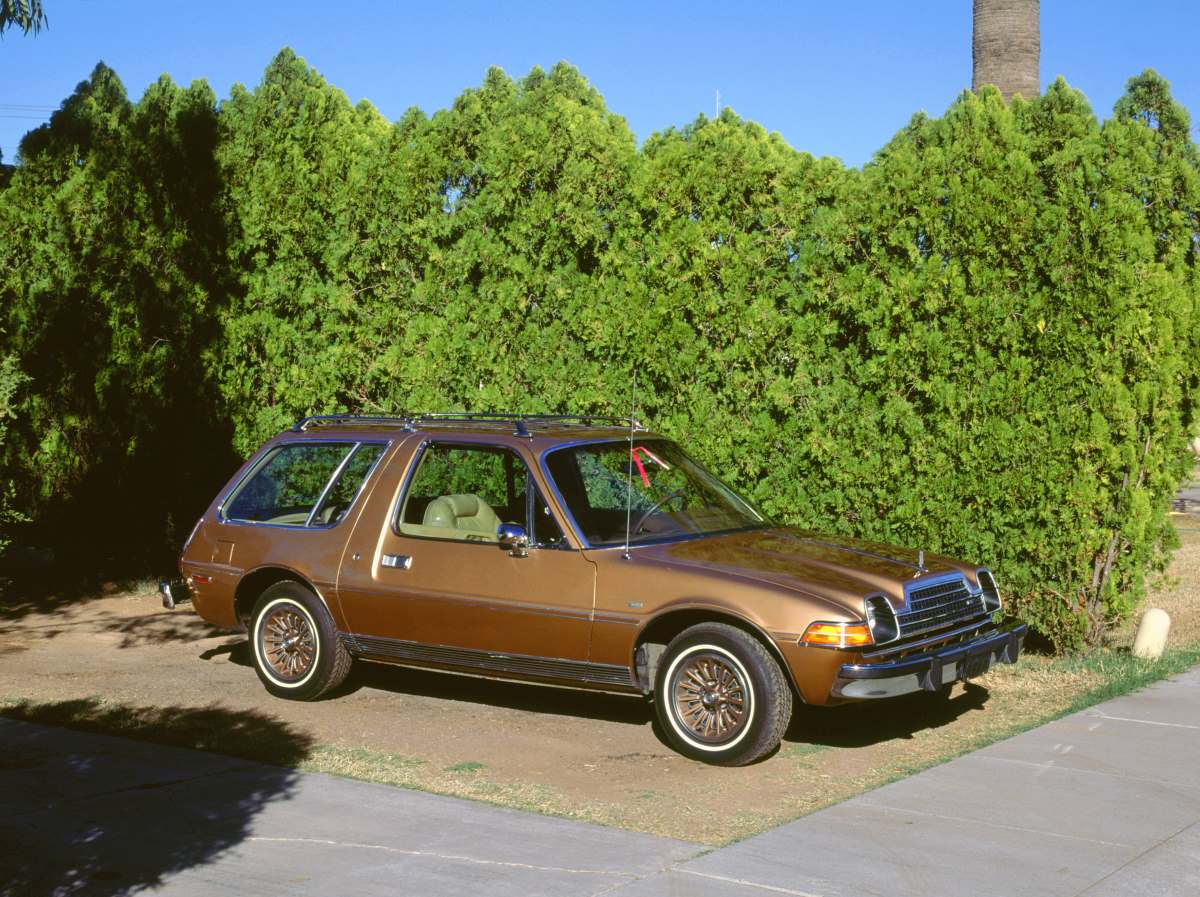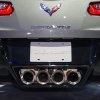
The AMC Pacer: Ambitious Development, Rubbish Execution
The malaise era of automotive engineering plagued 1970s America in a myriad of ways. From choked V8s to brand engineering to depressing symphonies of brown interiors. Moreover, it provided the public a front-row seat to multiple failures by nearly every automaker. One of the many tragic deaths during this time was a car that’s still made fun of today: the AMC Pacer.
Designed to combat the oil crisis, the Pacer was the last platform launch from the ill-fated American Motors Corporation and its least successful. But why?
AMC had high hopes for the Pacer
The AMC Pacer debuted in 1975, with company CEO Roy D. Chapin Jr. championing the subcompact as the “first wide small car.” With a development cost of $40 million—over $450 million in today’s money—it was the company’s most expensive design of the 1970s.
AMC designed the Pacer around its powertrain. The company was brokering a deal with General Motors (GM) to provide a high-volume rotary engine. However, the engine was unproven, and GM never built it after the 1973 oil embargo. Instead, the Pacer got either a 4.2-liter or 3.8-liter straight-six. While the powerplants were AMC’s, the Pacer shared little with other offerings like the Hornet and Matador. Moreover, the powertrains were relatively low in fuel economy for a presumed hyper-miler subcompact.
The AMC Pacer featured forward-thinking technology
The Pacer’s design showcased an unusually rounded, aerodynamic body, which anticipated an industry trend that didn’t gain traction until the mid-1980s. The 70s subcompact was an early adopter of aircraft-style door-window frames, making getting in and out much easier. Further improving access to the rear seats was the passenger door, which was four inches longer than the driver’s door. A roof roughly one inch taller than similar offerings made extra headroom a welcome sight for customers, too.
Under the exterior, AMC developed a new front subframe that could offer a more comfortable ride than other typically-cheap economy cars. Novel polyurethane dashboards and stylish bucket seats showed the ambition of Chapin’s Pacer plan. And it was the first mass-market American car to use rack-and-pinion steering.
AMC’s brief Pacer success
In its first full year of model production, more than 117,000 hatchbacks left AMC factories. According to Indie Auto, the CEO believed AMC would sell at least 150,000 units annually. And in 1976, it looked like he was right. After all, the company needed a breakthrough success to keep from insolvency trouble again.
Unfortunately, by 1977, output was cut by more than half. Even though the Pacer gained a wagon variant, potential buyers wouldn’t bite.
Building multiple variants of the same car typically leads to more sales. But with the AMC Pacer’s unique styling, it was limited. Over the course of the platform’s six-year life, it had six body styles on 96-inch and 108-inch wheelbases. A sporty option was out of the question as the heightened canopy harmed potential design language.
The Pacer never really met the vision of the CEO

Subcompacts are usually lighter than other offerings and promote excellent fuel economy. Yet, the Pacer was remarkably heavy, several hundred pounds more than similar economy sedans from other American automakers. Part of this was because the Pacer is 37 percent glass by surface area. Notably, glass weighs more than 1970s sheet metal, and the AMC Pacer was heftier than cars that could seat five or six people. The Pacer could only hold four.
The Pacer’s width also caused many to avoid it. It was because it couldn’t fit in garages, but the Pacer’s width didn’t translate to interior space. At 77 inches wide, it was over half a foot wider than its competitors. Despite the extra girth, the AMC Hornet—six inches narrower— had 2.4 inches more front shoulder room. The matador sedan, approximately the same width, had almost six inches more front shoulder room.
Additionally, the AMC Pacer was marketed as a premium small car. Despite the promises, the Pacer has a fairly stripped interior. The forward-thinking nature of the development of the body and chassis didn’t translate to interior amenities.
Consequently, by the nameplate’s demise in 1980, only 280,000 Pacers had been produced. The figures were nearly five times fewer than the Hornet. Therefore, AMC took a massive loss. While the Pacer didn’t kill AMC, it undoubtedly led to its eventual downfall.


